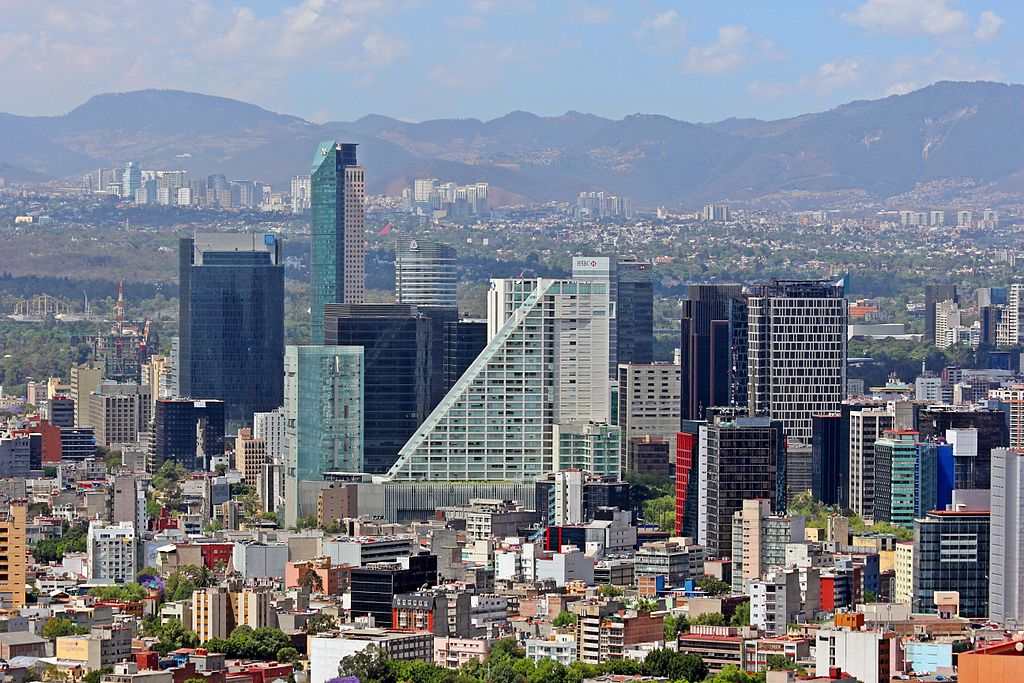Pioneering Technology in Mexico

Mexico’s image tends to receive negative portrayal in news reports depicting violence and crime. However, advancements of technology in Mexico provide an alternate image of the country as a pioneer in the Latin American technological scene. Here are five key facts that represent the country’s incredible achievements.
Guadalajara is a Growing Tech Hub
Located in Jalisco, Guadalajara presents itself as Mexico’s own Silicon Valley due to its massive community of 600 tech companies, 35 design centers and four research centers. With this cluster of tech companies, Jaslico exports more than $148 billion tech products to global consumers.
Guadalajara houses 13 universities such as Tecnologico de Monterrey, which graduates 85,000 students in IT yearly. This is especially notable considering that the city has 78,000 employed IT professionals, 57 percent of whom come from Guadalajara, presenting an excellent investment into the growth of the Mexican IT community for a sustainable tech hub.
Technological Outsourcing and Nearshoring Favors Mexico’s Location
Up until the 1990s, outsourcing in Mexico existed mostly in manufacturing capacities, such as Ford manufacturing at the south of the border. Now, thanks to the startup movement in the 2010s, Mexico is also an outsourcing hub for nearshoring. This is the process of conducting business operations in a nearby country that shares the same time zone. This results in convenience, consistency and better collaboration. For example, border neighbors such as the U.S. and Mexico adopt this relationship in software development companies such as ITexico, which have relationships with U.S. clients such as McDonalds and IBM. With low labor costs and a thriving technological community, companies such as ITexico with revenues of $5 million view Mexico as a great source of outsourced nearshoring.
Technology in Mexico Receives Vast Amounts of Venture Capitalist Investments Yearly
From 2014-2016, the U.S. invested nearly $120 million into 300 Guadalajara startups. In 2017, out of all Latin American countries, Mexico received one-quarter of total investment at $80 million in funding for 59 venture deals. Viewing investments from a grander scale, nearly 1,900 venture capitalists received $22 billion in investments between 2010 and 2018.
Investments per company vary between $80,000 – $120,000. Companies such as Voxfeed provide investors with a great return on investment considering its $2 million in revenue.
Such financial growth benefits the Mexican economy as it is currently the world’s 11th largest economy. It has the potential to gain $245 billion GDP by 2025, and the possibility of being the world’s largest economy by 2050.
Fintech Growth in Mexico Surpasses Other Latin American Countries
In 2017, Mexico led Latin America with the growth of 80 Fintech companies in 10 months, amounting to a total of 238, and ahead of Brazil which had 230. In 2018, Mexico retained its lead with 394 Fintech startups, still ahead of Brazil which had 380.
Fintech is continually growing thanks to entrepreneurship to create Fintech startups, as well as low banking and lending. For instance, 44 percent of the population does not use any banking products.
In this sense, growth not only increases the size of this sector but also aids the Mexican population in becoming more financially secure with platforms like Konfio that assists individuals and businesses with access to affordable loans.
Aside from Fintech expanding the function of technology in Mexico, investors such as Goldman Sachs view the sector as an opportunity for growth. Just recently, in September 2019, Goldman Sachs invested $100 million into Konfio, a small business loan lender. This allows $250 million in loans to 25,000 companies.
Technology in Mexico Advances With New Urban Landscapes
As Mexico advances technologically, the city landscape in Guadalajara does so to sustain a future generation of tech. As part of the 2012 Ciudad Creativa Digital project, the city has undergone construction to reinvent the historic district of Parque Morelos with the aim of creating a more urban, media/tech center and a 21st-century creative workspace. Developers envision Guadalajara with new educational and cultural institutions such as the Digital Creative Institute, as well as a Middle School in Visual Arts. On a cultural scale, institutions such as The Mexican Marketing Museum and Media Center engage the public to learn more about media. Outdoor theatres, pools and playgrounds provide a recreational experience.
By investing in this new landscape, Mexico will tap into the $1.5 trillion media and entertainment sector. Allowing more revenue, jobs and new technology to overall ensure a durable urban fabric to foster the growth of media in Mexico.
These five facts prove the successes of technology in Mexico in the forms of a new tech hub, nearshoring, venture capital investment, Fintech growth and a media/tech-oriented environment. Such successes in investing and growing a solid tech foundation will allow the country to sustain a future in the continuously digitizing world.
– Elizabeth Yusuff
Photo: Wikipedia Commons
